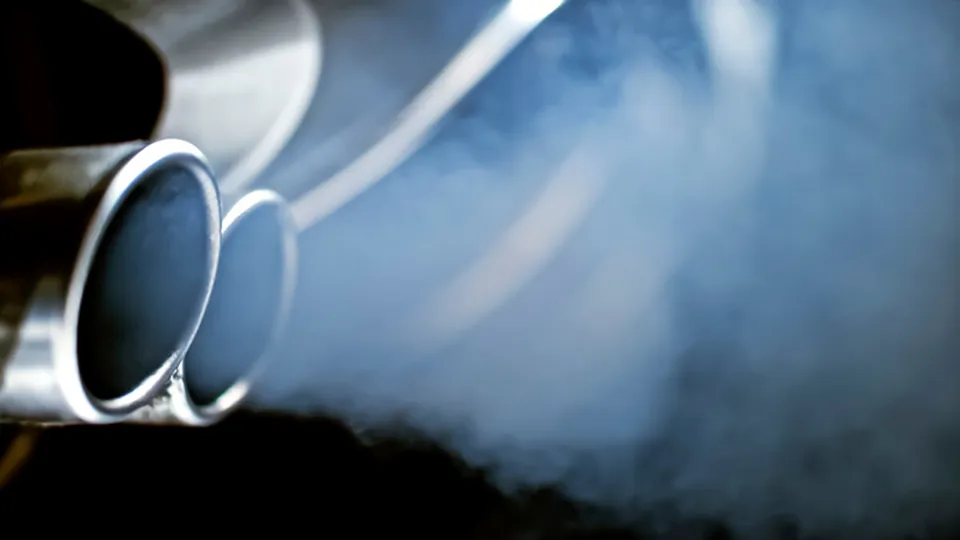When the word ‘emissions’ is mentioned, most of us will think of carbon dioxide. It has become the measure of how clean or otherwise most vehicles are, but there’s another critically important exhaust gas that could have far further-reaching implications for van users. It is called NOx and refers to oxides of nitrogen.
The diesel engines used in the vast majority of vans create the ideal conditions for producing NOx. It is created when nitrogen present in the fuel mixes with air during the combustion cycle. When NOx has been produced, it then exits through the exhaust into the atmosphere and is accompanied by particulate matter (PM), which is often visible as black soot.
What makes NOx emissions even more complex and dangerous is that they are formed of more than one gas. As well as nitrogen oxide, there is nitrogen dioxide and nitrous oxide, which is thought to account for 7% of the major con-tributors to greenhouse gases.
Nitrogen dioxide is very toxic and even small quantities in the air can cause serious respiratory problems. Particulate matter is another contributor to respiratory health problems and it is also thought to be carcinogenic.
All new vans registered from October 2009 are required to meet the Euro5 emissions standard that states the engine must not emit more than 180mg/km of NOx. With the Euro6 emissions standard of 80mg/km coming into force on September 1, 2015, for Class 1 vans, there are only three years for van operators to look at reducing their vehicles’ NOx emissions. For particulate matter, Euro5 dictates a maximum of no more than 5mg/km, which is an 80% reduction on Euro4 limits, though Euro6 is unlikely to reduce this limit further (See July/August Fleet Van for more on Euro legislation).
By more than halving the maximum permissible limit for NOx emissions, the European Union hopes to encourage van operators and manufacturers into cleaner vehicles. As with all such moves, however, there will be a cost attached and that is most likely to be passed on to the customer ordering a new van.
To reach the current standard, many van makers use AdBlue to treat exhaust gases and remove NOx emissions from the tailpipe. AdBlue is a urea additive that works by chemically treating the exhaust gases with ammonia. It reacts with the NOx to form harmless nitrogen and water vapour that passes out of the exhaust normally.
The downside to AdBlue is that it needs to be replenished, usually at normal service intervals, which contributes another cost.
Many believe AdBlue is only a medium-term solution to the problem of NOx emissions.
More on Page Two...

















Login to comment
Comments
No comments have been made yet.